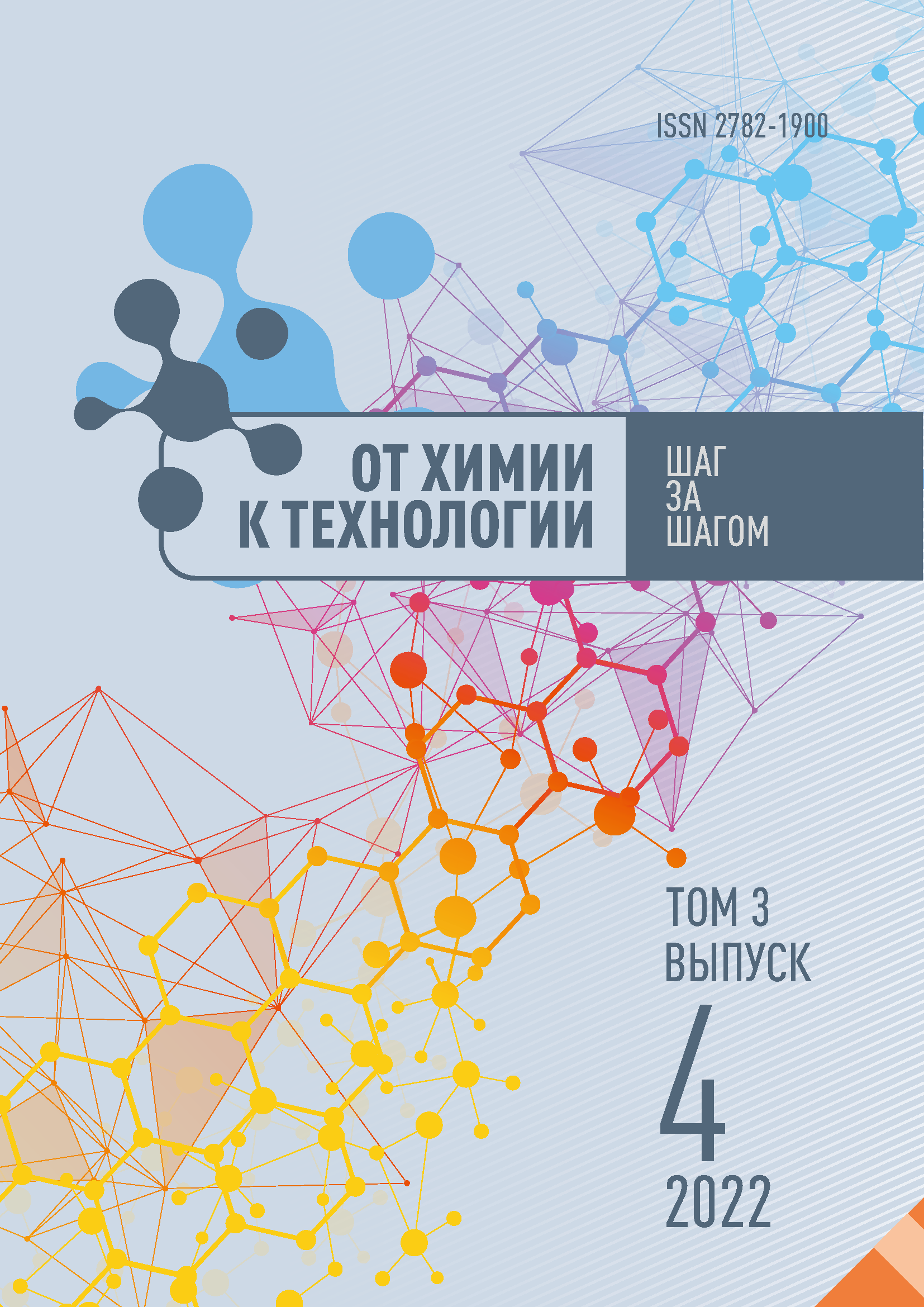аспирант
Ярославль, Ярославская область, Россия
Ярославль, Ярославская область, Россия
Ярославль, Ярославская область, Россия
Environmental issues have become a growing concern in the last few years. One of these issues is the production and accumulation of large-tonnage waste, which includes waste oils. Scientists conduct intensive research on a way of their disposal. In order to develop a safe and efficient way of disposing of waste oils, it is necessary to know their toxicological characteristics, which are the focus of this paper. We conducted a toxicological assessment beforehand by calculating the hazard level of the waste to the environment and subsequently verified by bio testing. We used the species Ceriodaphnia affinis, which belong to the lower crustacean subclass, as a test subject. Based on the results of the bio testing, we determined the concentration at which 10% mortality occurs, the dilution rate of the aqueous extract at which no harmful effects on hydrobionts occur, and, as a result, the class of waste hazard. With knowledge of the class of hazard, it is possible to establish and select the safe process and working conditions, develop the necessary technical and environmental documentation, and ensure that the chosen technology is environmentally friendly.
waste oils, toxicity, hazard class, calculation method, experimental method, anti-corrosion coating
1. Golovnikov, A.V., Filippova, O.P., Yamanina, N.S. & Kopylov, A.B. (2012) Study of structure, properties and physical-chemical characteristics of waste oils, Izvestiya Tul'skogo gosudarstvennogo universiteta. Tekhnicheskie nauki, (1), pp. 120-126 (in Russian).
2. Yurova, N.A. & Filippova, O.P. Primary toxicological assessment of waste oils (2016) Shest'desyat devyataya vserossijskaya nauchno-tekhnicheskaya konferenciya studentov, magistrantov i aspirantov vysshih uchebnyh zavedenij s mezhdunarodnym uchastiem. Yaroslavl' 20 aprelya 2016 goda. Yaroslavl': Izdatel'skij dom YAGTU. P. 463-466. 1 opticheskij disk (in Russian).
3. Mammadli, R.Sh. (2020) Method for determining the degree of degradation of waste engine oil, Vestnik Permskogo nacional'nogo issledovatel'skogo politekhnicheskogo universiteta. Himicheskaya tekhnologiya i biotekhnologiya, (1), pp. 69-79. DOI:https://doi.org/10.15593/2224-9400/2020.1.06 (in Russian).
4. The dangers of waste oil and methods of its recycling [online]. Available at: https://eccoo.ru/othody/pererabotka/opasnost-otrabotannogo-masla-i-metody-ego-pererabotki.html (in Rus-sian).
5. Kalashnikov, A.A., Nikitevich, N.V., Turchanov, A.M., Kuchkin, A.G. & Mironova, V.A. (2013) Waste Oil Disposal, Aktual'nye problemy aviacii i kosmonavtiki, 1(9), pp. 273-274 (in Russian).
6. Kulinich, N.E., Martynova, G.A. & Korneev, S.V. (2013) Assessment of possibilities for reuse of waste oils in ALROSA's mining and processing plants (JSC), Ekologiya i promyshlennost' Rossii, (10), pp. 46-51. DOI: 10.18412-1816-0395-2013-46-51 (in Russian).
7. Gorbacheva, O.M. & Borovsky, A.S. (2018) System analysis of the state of automation of technological processes for waste oil treatment, Ekologiya i promyshlennost' Rossii, 22(5), pp. 54-58. DOI:https://doi.org/10.18412/1816-0395-2018-5-54-58 (in Russian).
8. Grigorov, A.B. (2019) Obtaining Plastic Lubricants by Thermal Destruction of Waste Oils, Ekologiya i promyshlennost' Rossii, 2(59), pp. 70-76. DOIhttps://doi.org/10.35477/2311-584X.59.70-76 (in Russian).
9. Nekhorosheva, A.V., Nekhoroshev, V.P. & Lodina, I.V. (2019) The application of waste transformer oil as a base for the preparation of a lubricating composition for drilling fluids, Bezopasnost' truda v promyshlennosti, (6), pp. 59-64. DOI:https://doi.org/10.24000/0409-2961-2019-6-59-64 (in Russian).
10. Sobolenko, A.N. & Tarasov, V.V. (2020) Efficiency of waste engine oil regeneration depending on process parameters, Trudy Krylovskogo gosudarstvennogo nauchnogo centra. Himicheskie tekhnologii, 3(393), pp. 68 78. DOI:https://doi.org/10.24937/2542-2324-2020-3-393-68-78 (in Russian).
11. Ostrikov, V.V., Tupotilov, N.N. & Kornev, A.Yu. (2014) Methods of waste oil purification, Aktual'nye napravleniya nauchnyh issledovanij XXI veka: teoriya i praktika, 2(5-3; 10-3), pp. 248-252. DOI:https://doi.org/10.12737/6974 (in Rus-sian).
12. Filippova, O.P. & Sergeev, E.S. (2021) Investigation of the Corrosion Properties of Pigments by the Method of Integrated Thermal Analysis, From Chemistry Towards Technology Step-By-Step, 2(2), pp. 98-102. DOI:https://doi.org/10.52957/27821900_2021_02_98 [online]. Available at: http://chemintech.ru/index.php/tor/2021-2-2 (in Russian).
13. Order of the Ministry of Natural Resources and Environment of the Russian Federation of 4th December 2014. N 536 "On approval of the Criteria for assignment of waste to classes I-V of hazard according to the degree of negative impact on the environment" [online]. Available at: http://docs.cntd.ru/document/420240163?marker=7DM0KB (in Russian).
14. Federal Register (FR)1.39.2007.03221. Biological methods of control. Methodology for determination of toxicity of water and aqueous extracts from soils, sewage sludge, waste by mortality and change in fecundity of ceriodaphne [online]. Available at: https://files.stroyinf.ru/Data2/1/4293842/4293842244.htm (in Russian).
15. Guidelines for Determination of Toxicity of Water, Bottom Sediments, Contaminants and Drilling Fluids by Bi-otesting [online]. Available at: https://files.stroyinf.ru/Data1/48/48872/index.htm (in Russian).
16. Sergeev, E.S. & Filippova, O.P. (2021) Toxicological study of galvanoslime hazard class change in the process of ferritization, Sem'desyat chetvertaya vserossijskaya nauchno-tekhnicheskaya konferenciya studentov, magistran-tov i aspirantov vysshih uchebnyh zavedenij s mezhdunarodnym uchastiem. Yaroslavl' 21 aprelya 2021 goda. Yaroslavl': Izdatel'skij dom YAGTU, pp. 275-279. 1 opticheskij disk (in Russian).







